Home>Maintenance & Safety>Child & Elderly Safety at Home>When Can A Child Transition From A Car Seat To A Booster Seat In Minnesota
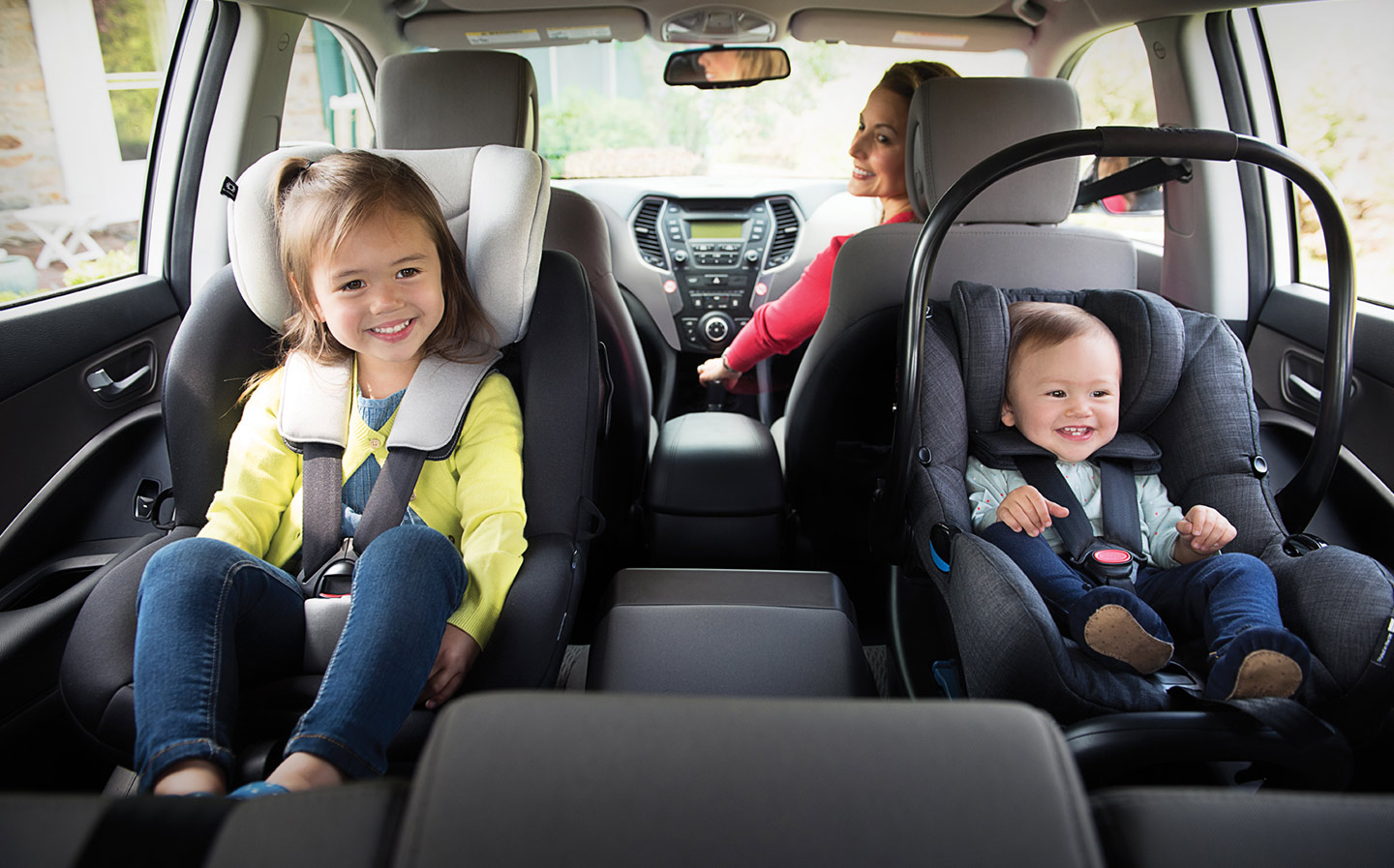

Child & Elderly Safety at Home
When Can A Child Transition From A Car Seat To A Booster Seat In Minnesota
Modified: February 29, 2024
Learn about the Minnesota car seat laws and when it's safe for a child to transition from a car seat to a booster seat. Ensure child and elderly safety at home with expert tips.
(Many of the links in this article redirect to a specific reviewed product. Your purchase of these products through affiliate links helps to generate commission for Storables.com, at no extra cost. Learn more)
Introduction
Ensuring the safety of children while traveling in vehicles is a top priority for parents and caregivers. In Minnesota, as in many other states, specific laws and guidelines govern the use of car seats and booster seats to protect young passengers in the event of a collision or sudden stop. Understanding these regulations and knowing when a child can transition from a car seat to a booster seat is crucial for safeguarding their well-being.
The transition from a car seat to a booster seat marks an important milestone in a child's development. It signifies their increasing physical growth and maturity, as well as the need to adapt to their changing safety requirements. As a child outgrows their car seat, the transition to a booster seat becomes necessary to provide continued protection and support while traveling in a vehicle.
In this article, we will delve into the specific car seat laws in Minnesota, explore the factors that influence the transition from a car seat to a booster seat, and provide valuable insights to help parents and caregivers make informed decisions regarding their child's safety on the road. Understanding the nuances of this transition is essential for ensuring that children are appropriately secured during car journeys, thereby minimizing the risk of injury in the event of an accident.
By gaining a comprehensive understanding of the regulations and considerations surrounding the use of car seats and booster seats, parents and caregivers can take proactive steps to prioritize the safety and well-being of their young passengers. Let's explore the Minnesota car seat laws and the factors that play a pivotal role in determining when a child can transition from a car seat to a booster seat.
Key Takeaways:
- Keep kids safe: In Minnesota, kids must use a car seat or booster seat until age 8 or 4’9″ tall. Transitioning to a booster seat provides better protection and comfort for growing children.
- Choose wisely: When transitioning to a booster seat, consider the child’s age, weight, and height, as well as the booster seat’s safety features, compatibility with the vehicle, and long-term versatility. Prioritize safety and comfort for young passengers.
Read more: When Can A Child Sit Without A Booster Seat
Minnesota Car Seat Laws
In Minnesota, stringent car seat laws are in place to ensure the safety of young passengers during vehicle travel. These laws are designed to provide clear guidelines for the appropriate use of car seats and booster seats, taking into account the age, weight, and height of the child. Understanding and adhering to these laws is crucial for parents and caregivers to protect their children while on the road.
According to Minnesota law, children must be secured in a federally approved car seat or booster seat until they reach the age of 8 or a height of 4 feet 9 inches, whichever comes first. This requirement is based on the recognition that children of varying ages and sizes have distinct safety needs while traveling in a vehicle. By mandating the use of car seats and booster seats, the state aims to mitigate the risk of injury to young passengers in the event of a collision or sudden stop.
Furthermore, Minnesota law specifies that children under the age of 13 should ride in the back seat of the vehicle whenever possible. This provision acknowledges the increased safety offered by the back seat, as it reduces the potential impact of airbag deployment and provides an additional layer of protection for young passengers.
It's important for parents and caregivers to familiarize themselves with the specific requirements outlined in Minnesota's car seat laws to ensure compliance and, more importantly, the safety of their children. By understanding the legal obligations and recommendations regarding car seat usage, individuals can take proactive measures to safeguard their young passengers and minimize the risk of injury during car journeys.
In addition to the legal aspects, it's essential for parents and caregivers to stay informed about any updates or amendments to the car seat laws in Minnesota. Staying abreast of any changes ensures that children are consistently provided with the appropriate level of protection and support while traveling in a vehicle.
By adhering to Minnesota's car seat laws and staying informed about best practices for child passenger safety, parents and caregivers can play a pivotal role in promoting safe and secure travel for their young passengers. Understanding the legal requirements and recommendations empowers individuals to make informed decisions regarding the use of car seats and booster seats, ultimately prioritizing the well-being of children on the road.
Transitioning from a Car Seat to a Booster Seat
Transitioning from a car seat to a booster seat is a significant milestone in a child's journey towards increased independence and safety during vehicle travel. As children grow and develop, their physical characteristics and safety needs evolve, necessitating a shift from the confines of a car seat to the elevated support of a booster seat. Understanding the key aspects of this transition is essential for parents and caregivers to ensure that their young passengers are appropriately secured and protected while on the road.
The transition from a car seat to a booster seat typically occurs when a child outgrows the size and weight limits of their car seat, signifying the need for a more advanced form of restraint. In Minnesota, as in many other states, the law mandates the use of a booster seat for children who have outgrown their car seats but have not yet reached the age of 8 or a height of 4 feet 9 inches. This transition is crucial for providing children with the necessary support to ensure their safety and well-being during car journeys.
Booster seats are specifically designed to elevate a child to the appropriate height, allowing the vehicle's seat belt to fit them correctly. This ensures that the seat belt crosses their body at the strongest points, such as the shoulder and hips, minimizing the risk of injury in the event of a collision. By transitioning to a booster seat, children benefit from enhanced protection and comfort, enabling them to travel securely and confidently in a vehicle.
When considering the transition from a car seat to a booster seat, it's essential to select a booster seat that is suitable for the child's age, weight, and height. Ensuring a proper fit is crucial to maximize the effectiveness of the booster seat in providing protection and restraint. Additionally, parents and caregivers should carefully follow the manufacturer's guidelines for installation and usage to guarantee the optimal safety of the child.
Furthermore, it's important to educate children about the significance of using a booster seat and wearing a seat belt consistently. Instilling these safety practices from a young age fosters a strong understanding of the importance of vehicle safety and encourages responsible behavior as they grow older.
By understanding the nuances of transitioning from a car seat to a booster seat, parents and caregivers can proactively prioritize the safety and well-being of their young passengers. This transition represents a pivotal step in ensuring that children are adequately protected and supported during car travel, promoting a secure and enjoyable experience for all occupants.
Factors to Consider
When contemplating the transition from a car seat to a booster seat for a child, several crucial factors come into play. These considerations are instrumental in ensuring that the transition occurs at the appropriate time and that the chosen booster seat effectively meets the child's safety needs.
1. Child's Age, Weight, and Height
The child's age, weight, and height are fundamental factors that influence the decision to transition from a car seat to a booster seat. It's essential to adhere to the specific guidelines outlined by car seat manufacturers and regulatory authorities, such as those in Minnesota, to determine when a child has outgrown their car seat and is ready for a booster seat. By considering these physical attributes, parents and caregivers can make informed decisions regarding the most suitable booster seat for their child.
2. Vehicle Compatibility
The compatibility of the booster seat with the vehicle is another critical consideration. Different vehicles have varying seat designs and dimensions, and not all booster seats may fit securely in every vehicle. Therefore, assessing the compatibility of the booster seat with the specific vehicle in which it will be used is essential to ensure a proper and secure fit, thereby maximizing the child's safety.
3. Safety Features
When selecting a booster seat, it's imperative to evaluate the safety features it offers. This includes examining the seat's side-impact protection, adjustable harness systems, and overall structural integrity. Additionally, parents and caregivers should look for booster seats that have been rigorously tested and certified to meet safety standards, providing assurance that the seat will effectively protect the child in the event of a collision.
4. Long-Term Versatility
Opting for a booster seat that offers long-term versatility can be advantageous. Some booster seats are designed to accommodate a wide range of weights and heights, allowing for extended use as the child grows. This versatility can provide cost-effective and practical benefits, ensuring that the booster seat remains suitable for the child over an extended period.
5. Ease of Use
The ease of installation and everyday use is a significant factor to consider when selecting a booster seat. Parents and caregivers should prioritize booster seats that are user-friendly and straightforward to install, adjust, and clean. Ensuring that the booster seat is utilized correctly and consistently is essential for maintaining the child's safety during every car journey.
By carefully considering these factors, parents and caregivers can make well-informed decisions regarding the transition from a car seat to a booster seat, ultimately prioritizing the safety and well-being of their young passengers. Each factor plays a crucial role in ensuring that the chosen booster seat offers optimal protection and support, fostering a secure and comfortable travel experience for the child.
Conclusion
In conclusion, the transition from a car seat to a booster seat is a pivotal step in ensuring the safety and well-being of children during vehicle travel. Understanding the specific car seat laws in Minnesota and the factors that influence this transition is essential for parents and caregivers to make informed decisions regarding the protection of their young passengers.
By adhering to Minnesota's car seat laws, which mandate the use of car seats and booster seats until a child reaches the age of 8 or a height of 4 feet 9 inches, individuals can prioritize the safety of their children while on the road. These laws serve as a crucial framework for ensuring that children are appropriately secured and protected during car journeys, minimizing the risk of injury in the event of an accident.
The transition from a car seat to a booster seat signifies a child's increasing physical growth and maturity, necessitating a shift to a more advanced form of restraint. Booster seats are specifically designed to elevate children to the appropriate height, enabling the vehicle's seat belt to fit them correctly and provide enhanced protection and comfort. By understanding the nuances of this transition and considering factors such as the child's age, weight, height, vehicle compatibility, safety features, and long-term versatility, parents and caregivers can ensure that the chosen booster seat effectively meets the child's safety needs.
Furthermore, educating children about the importance of using a booster seat and wearing a seat belt consistently fosters a strong understanding of vehicle safety and encourages responsible behavior. Instilling these safety practices from a young age sets the foundation for a lifetime of safe and secure travel habits.
In essence, the transition from a car seat to a booster seat is a significant milestone that reflects a child's evolving safety requirements. By staying informed about Minnesota's car seat laws, considering the crucial factors that influence the transition, and selecting an appropriate booster seat, parents and caregivers can proactively prioritize the safety and well-being of their young passengers, promoting secure and enjoyable travel experiences for all occupants.
Frequently Asked Questions about When Can A Child Transition From A Car Seat To A Booster Seat In Minnesota
Was this page helpful?
At Storables.com, we guarantee accurate and reliable information. Our content, validated by Expert Board Contributors, is crafted following stringent Editorial Policies. We're committed to providing you with well-researched, expert-backed insights for all your informational needs.
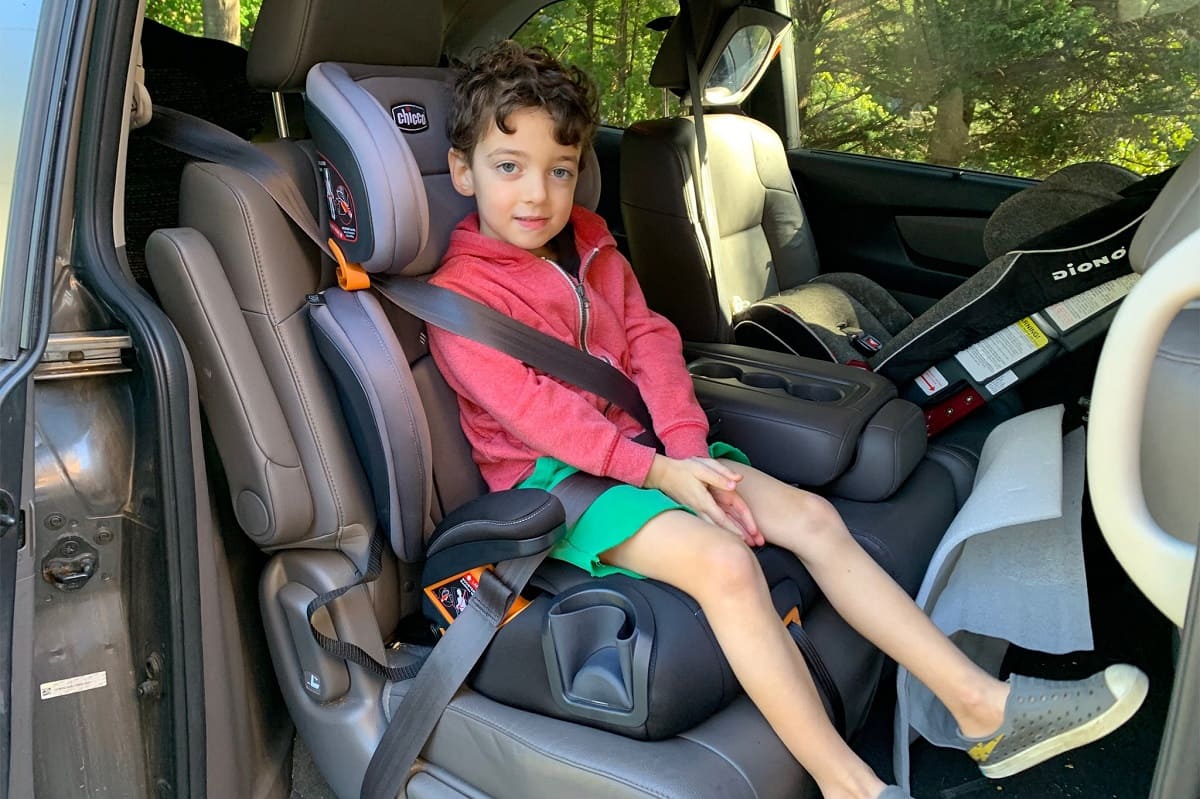
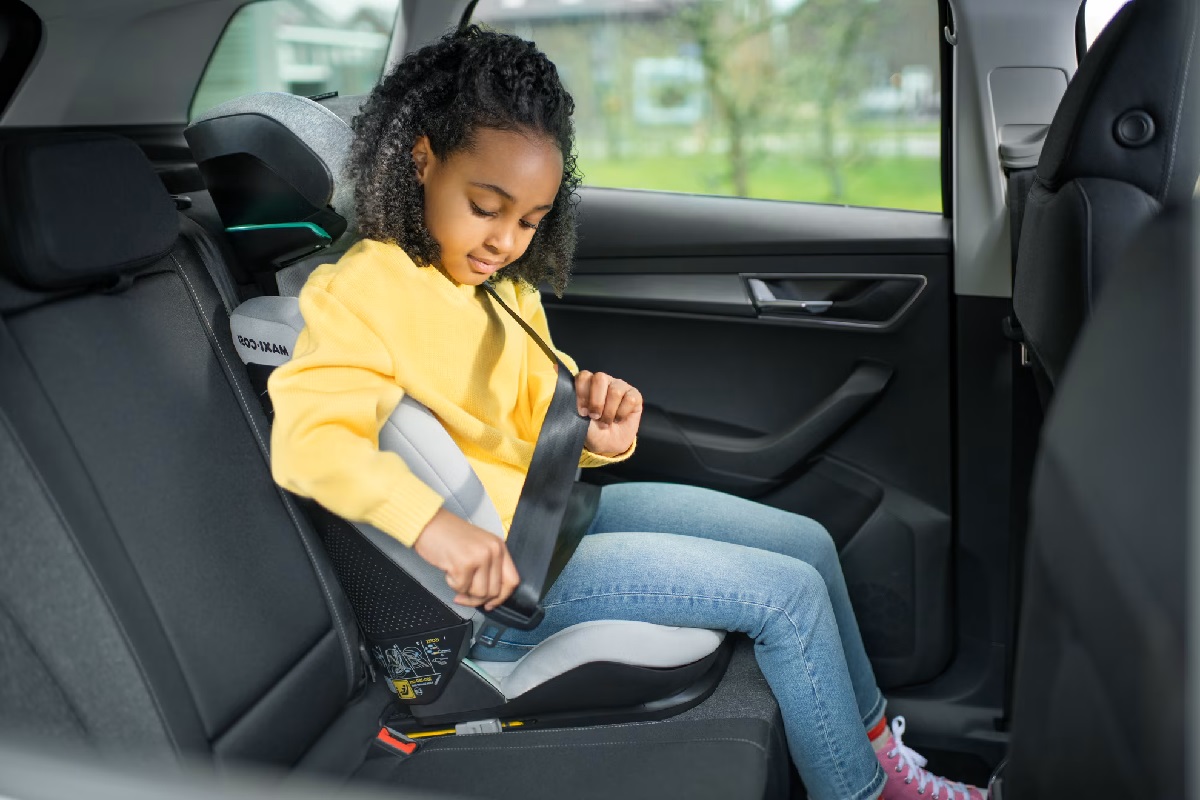
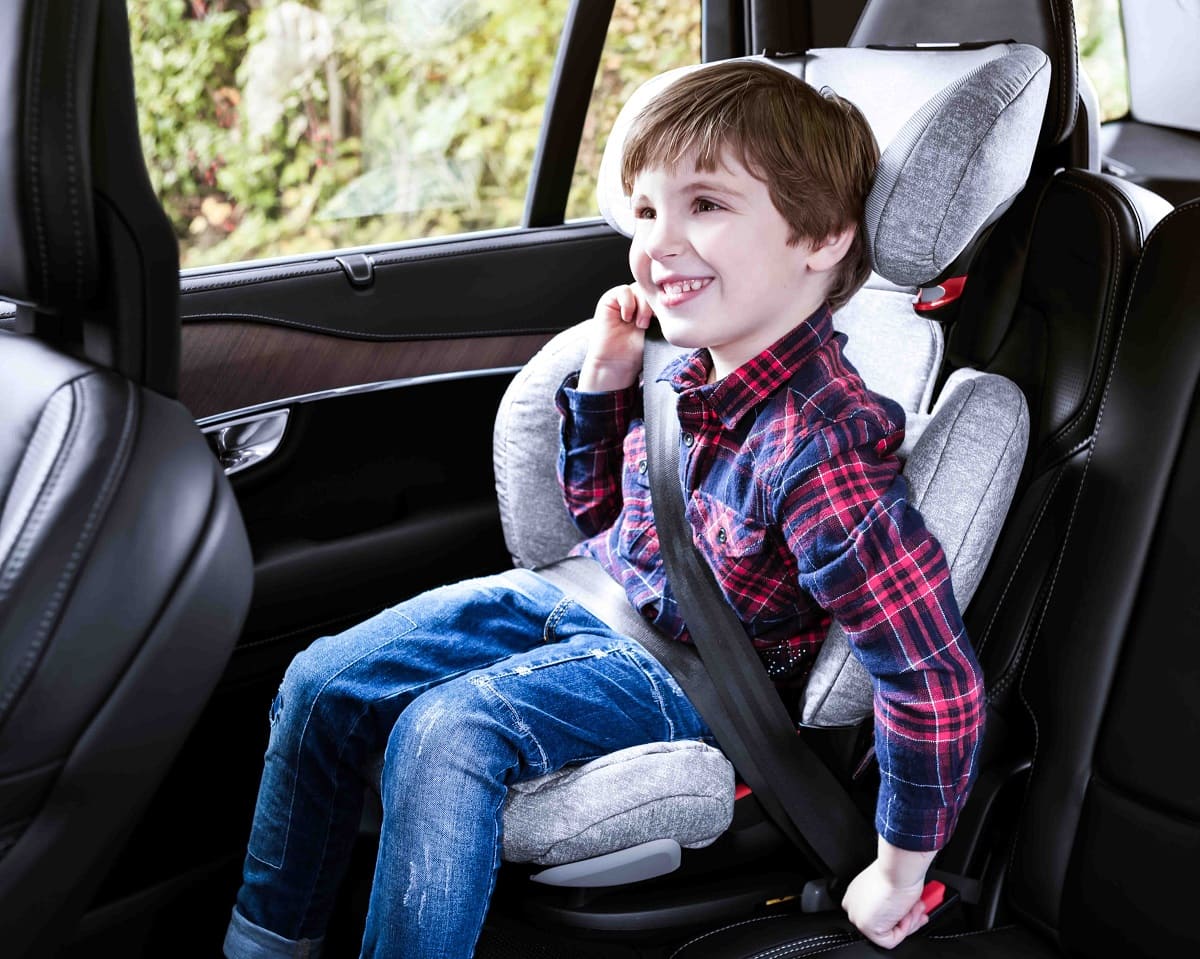
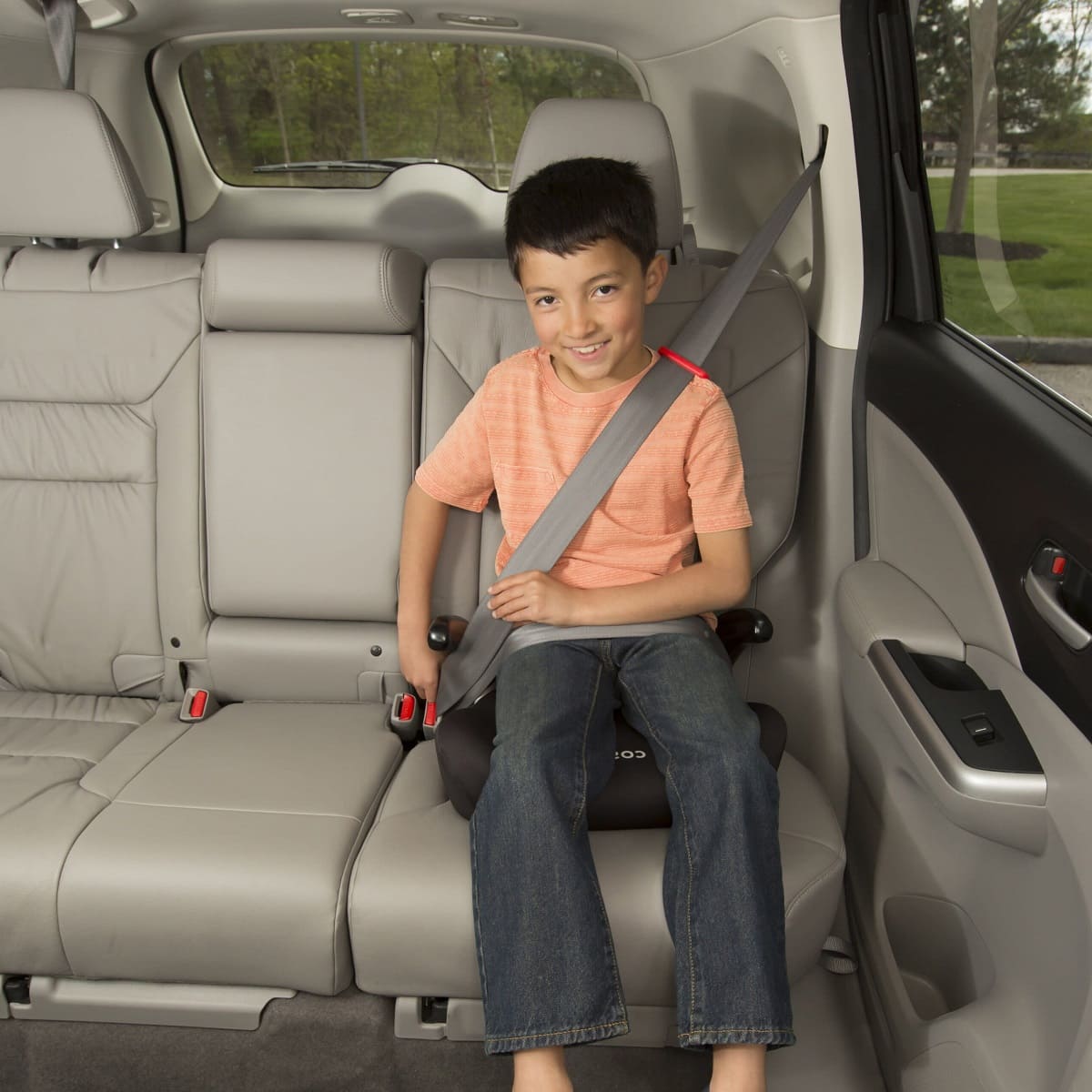
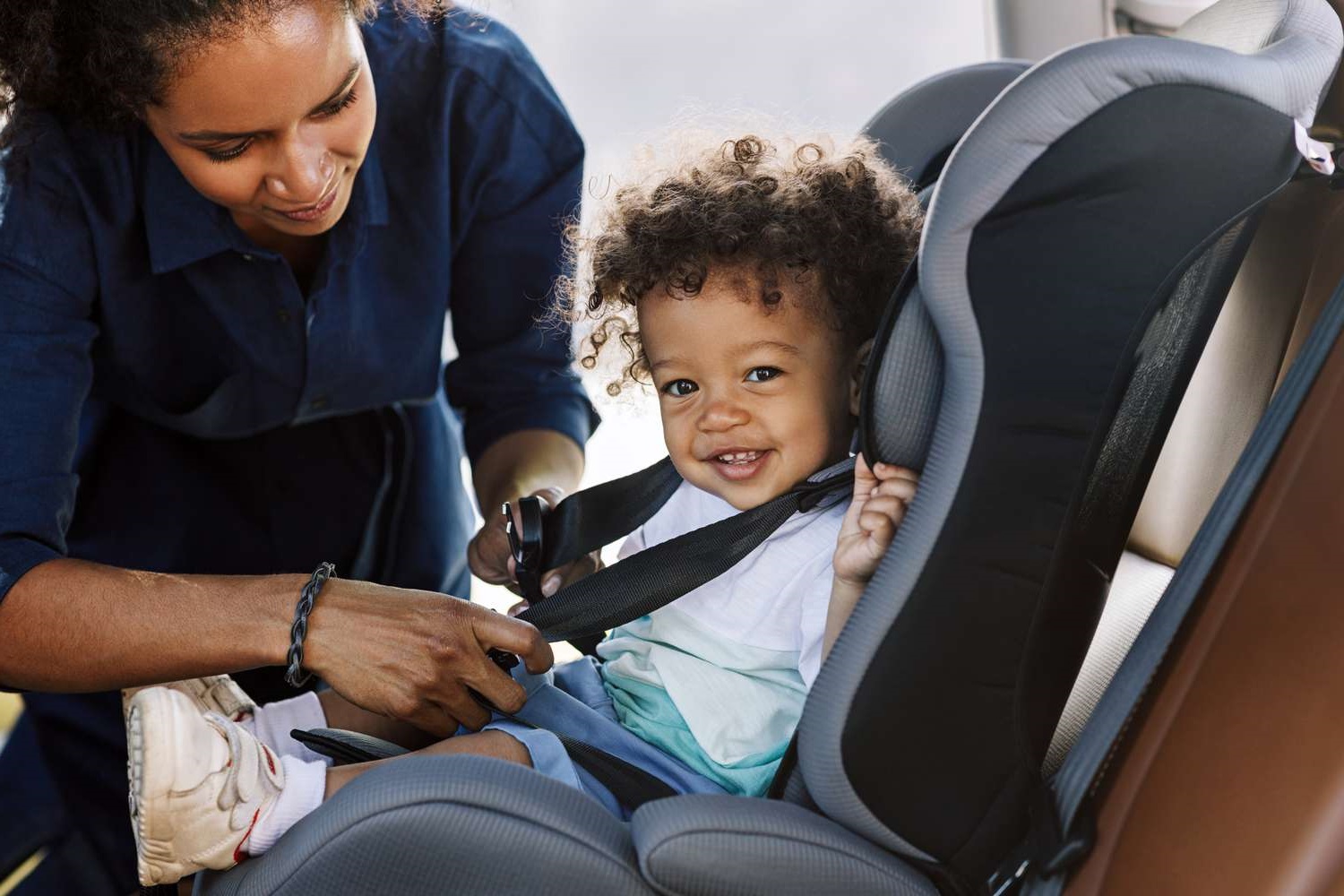
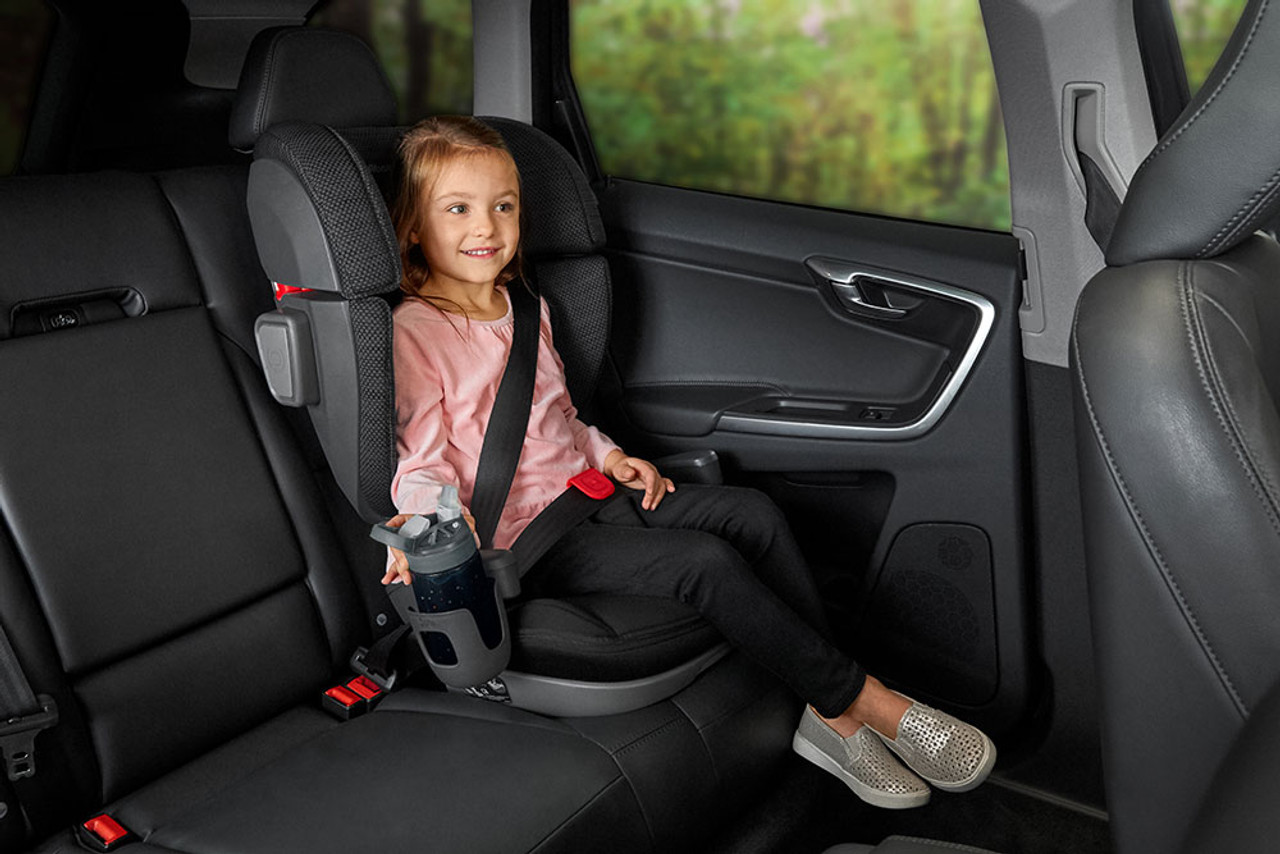
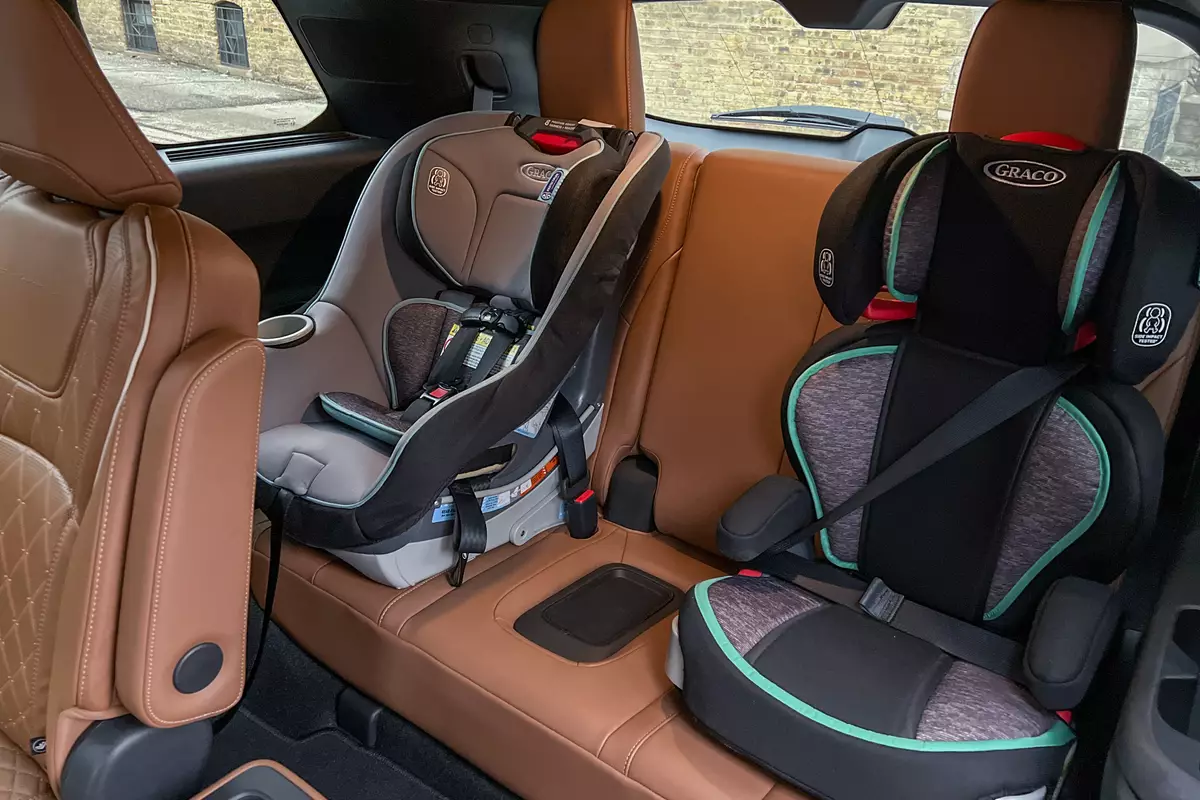
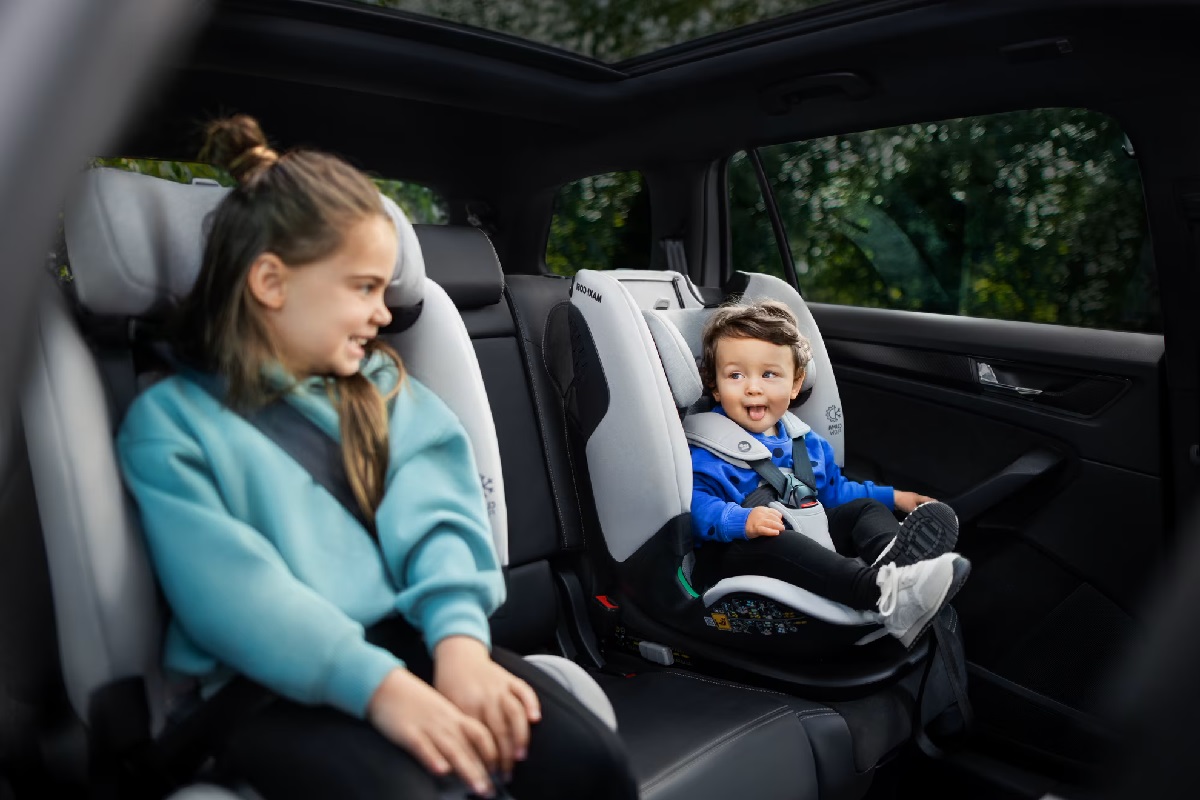
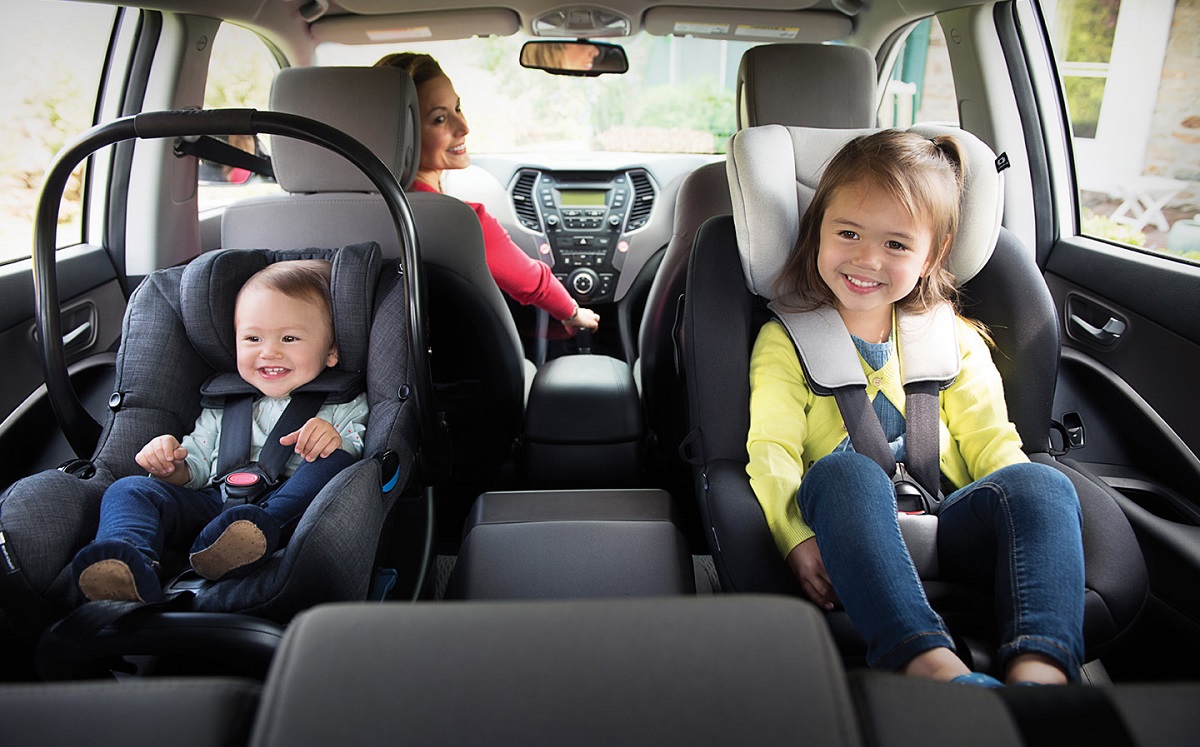
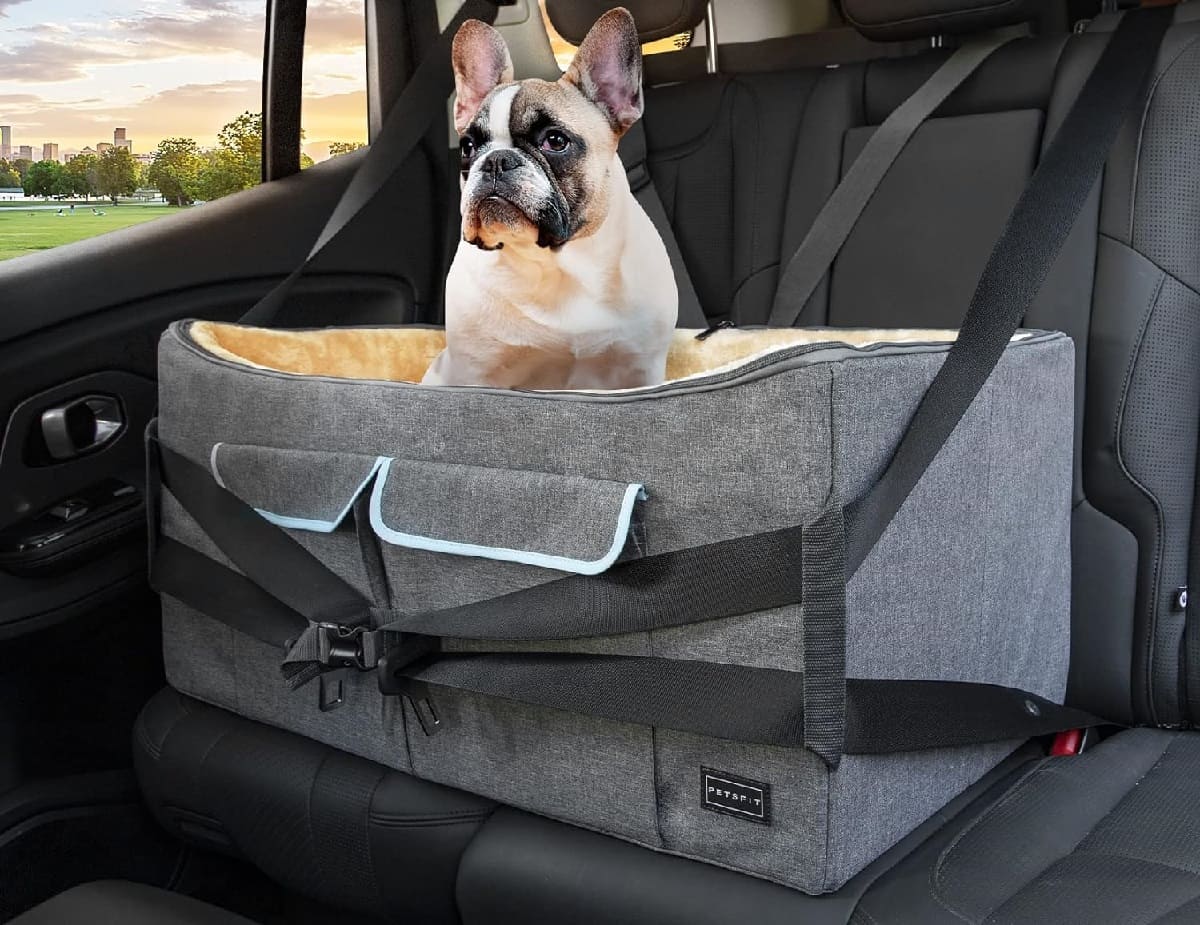
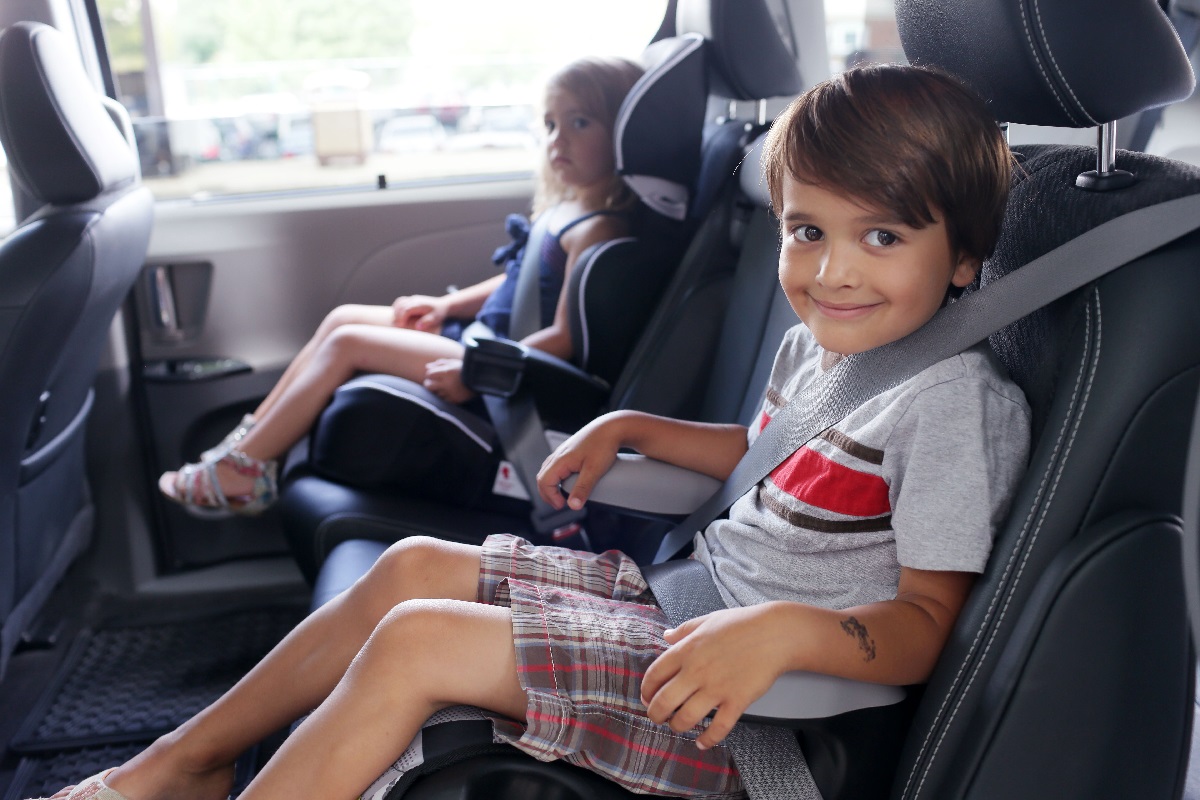
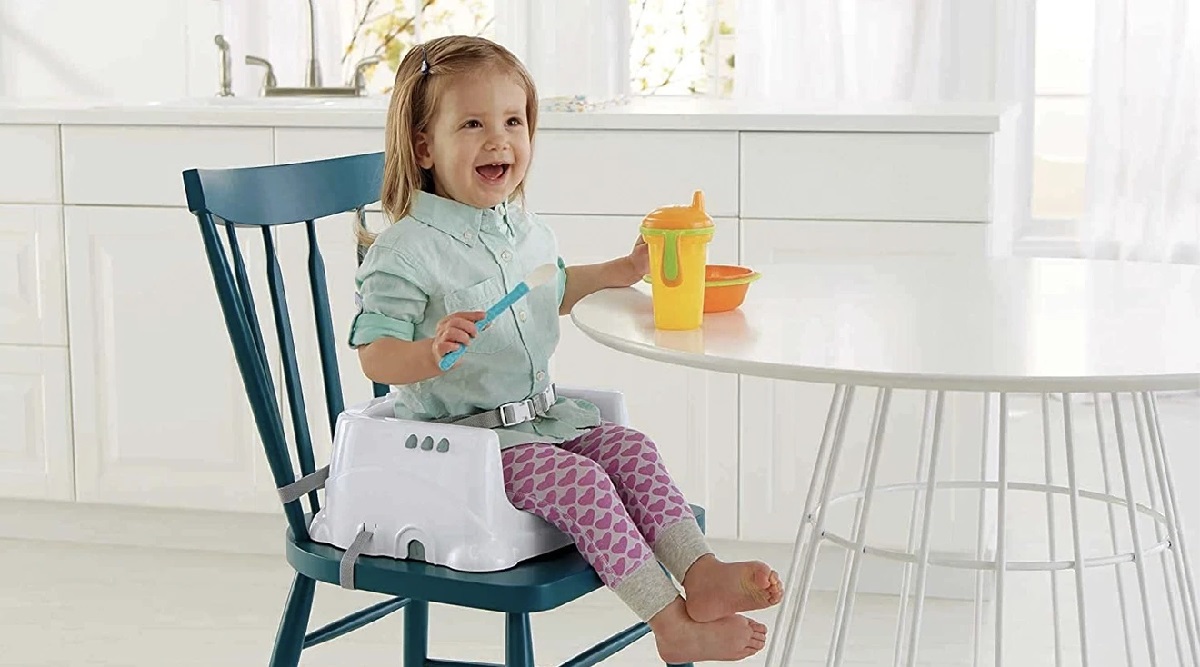
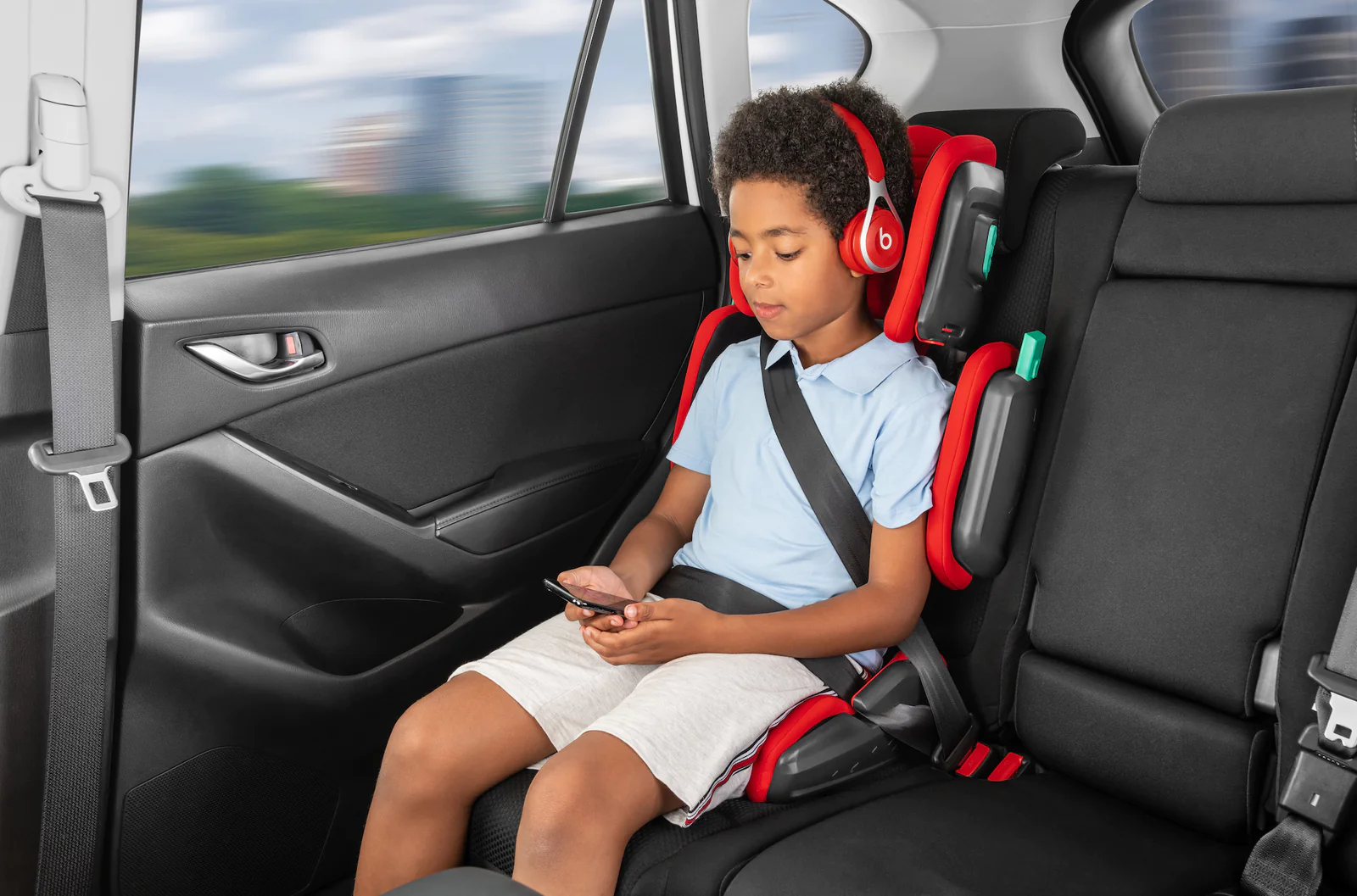

0 thoughts on “When Can A Child Transition From A Car Seat To A Booster Seat In Minnesota”